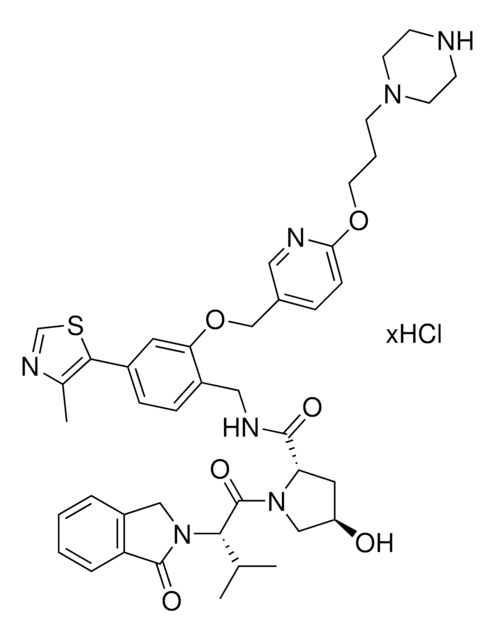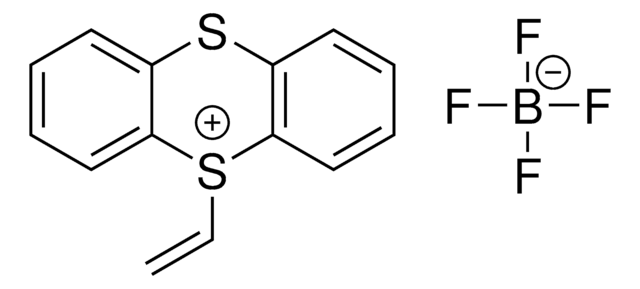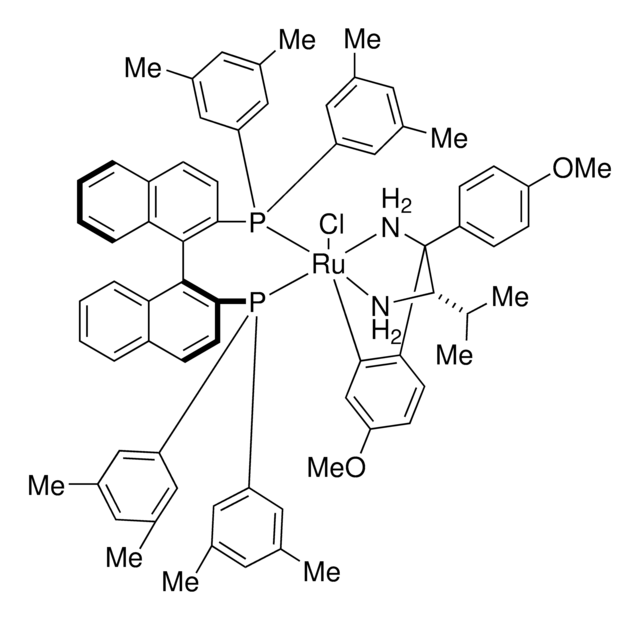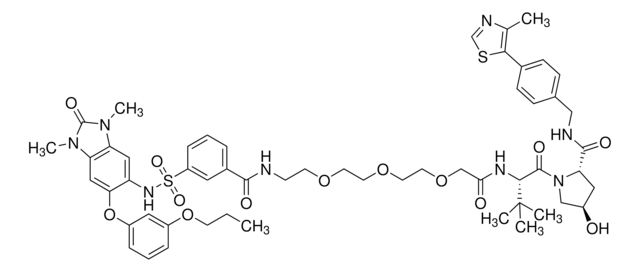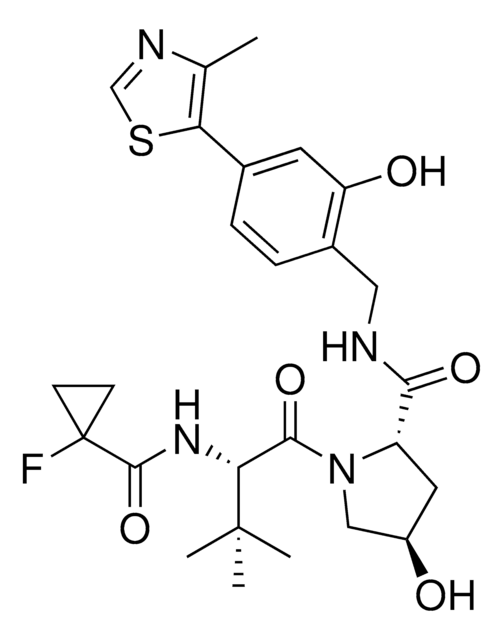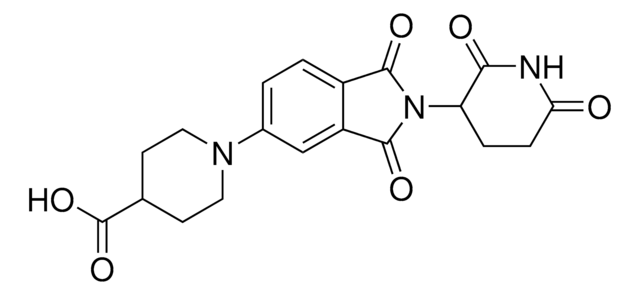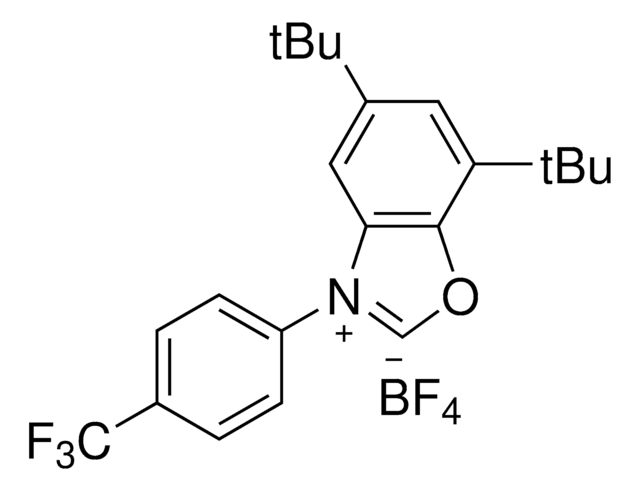920835
(S,R,S)-VL285 Phenol-piperazine-pyridine-alkyne-NH2 hydrochloride
Synonym(s):
(2S,4R)-N-{[2-(3-{4-[5-(3-Aminoprop-1-yn-1-yl)pyridin-2-yl]piperazin-1-yl}propoxy)-4-(4-methyl-1,3-thiazol-5-yl)phenyl]methyl}-4-hydroxy-1-[(2S)-3-methyl-2-(1-oxo-2,3-dihydro-1H-isoindol-2-yl)butanoyl]pyrrolidine-2-carboxamide hydrochloride, Crosslinker−E3 Ligase ligand conjugate, VHL protein degrader building block for PROTAC® research
About This Item
Recommended Products
ligand
VL285 phenol
Quality Level
reaction suitability
reactivity: carboxyl reactive
reagent type: ligand-linker conjugate
functional group
amine
storage temp.
2-8°C
Related Categories
Application
Technology Spotlight: Degrader Building Blocks for Targeted Protein Degradation
Portal: Building PROTAC® Degraders for Targeted Protein Degradation
Other Notes
Legal Information
related product
Storage Class Code
11 - Combustible Solids
WGK
WGK 3
Flash Point(F)
Not applicable
Flash Point(C)
Not applicable
Choose from one of the most recent versions:
Certificates of Analysis (COA)
Sorry, we don't have COAs for this product available online at this time.
If you need assistance, please contact Customer Support.
Already Own This Product?
Find documentation for the products that you have recently purchased in the Document Library.
Our team of scientists has experience in all areas of research including Life Science, Material Science, Chemical Synthesis, Chromatography, Analytical and many others.
Contact Technical Service